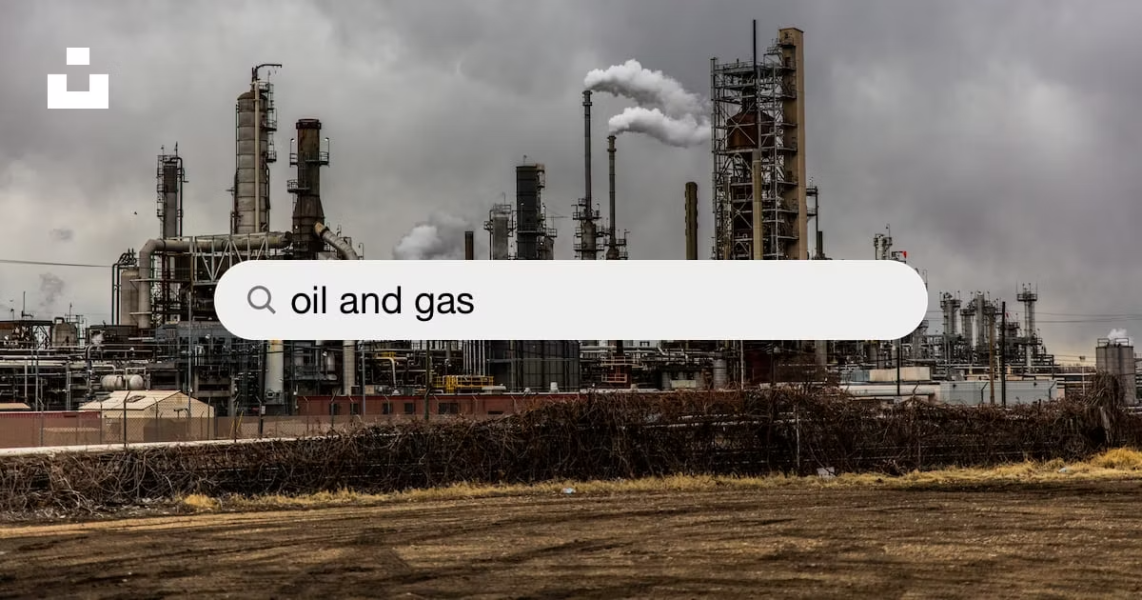
20 Jun, 2023
GRI Standards for Oil and Gas Sector: A Comprehensive Guide to Sustainable Reporting
In today's rapidly changing world, sustainability has become a key focus for companies across various industries. The oil and gas sector, in particular, faces significant challenges in terms of environmental impact and social responsibility. To address these challenges, the Global Reporting Initiative (GRI) has developed a set of standards specifically tailored to the oil and gas sector. In this guide, we will explore the GRI 11: Oil and Gas Sector 2021 standards in detail, highlighting their objectives, scope, and significant issues raised during the public comment period.
Objectives for the Development of GRI 11: Oil and Gas Sector
The development of GRI 11: Oil and Gas Sector was driven by the need to increase consistency in sustainability reporting within the industry. The Global Sustainability Standards Board (GSSB), GRI's independent standard-setting body, approved the project proposal for an Oil, Gas, and Coal Sector Standard in 2019. The objective of GRI 11 is to identify and describe the significant impacts of the oil and gas sector in terms of sustainable development and provide authoritative references for these impacts.
Scope of the Public Comment
During the public comment period from July 8, 2020, to October 6, 2020, stakeholders were invited to provide feedback on the exposure draft of the Oil and Gas Sector Standard. The public comment period served a dual purpose: to test the completeness and relevance of the content on oil and gas, and to gather feedback on the proposed concept for Sector Standards. A range of outreach activities, including webinars and stakeholder consultations, were conducted to engage with key regions and constituencies.
Overview of Submissions
A total of 60 public submissions were received on the exposure draft of the Oil and Gas Sector Standard. These submissions came from various stakeholder constituencies, including business enterprises, civil society organizations, investment institutions, labor, and mediating institutions. The comments were categorized and analyzed to identify significant issues raised during the public comment period.
Methodology for Analyzing Comments
All comments received during the public comment period were carefully analyzed by the Standards Division of GRI. Each comment was categorized based on the public comment objective it addressed, the relevant section of the Standard, and an overarching theme if applicable. The analysis aimed to identify the most significant issues raised by stakeholders and provide appropriate responses.
Significant Issues and GSSB Responses
The analysis of the comments revealed several significant issues related to the proposed implementation model of Sector Standards and the oil and gas sector-specific content of the exposure draft. The GSSB carefully considered these issues and provided responses to address stakeholders' concerns. Let's explore these issues in detail.
Issues Regarding the Proposed Implementation Model of Sector Standards
Stakeholders raised concerns about the proposed implementation model of Sector Standards. They highlighted the need for clear guidelines and practical tools to facilitate the adoption and implementation of the standards. In response, the GSSB acknowledged the importance of providing guidance and support to users of the standards. They emphasized that the implementation model would be further developed to address these concerns and ensure the effective use of the standards.
Issues Regarding the Oil and Gas Sector-Specific Content
Stakeholders also provided feedback on the oil and gas sector-specific content of the exposure draft. They suggested modifications to certain disclosures and indicators to enhance their relevance and alignment with industry practices. The GSSB carefully reviewed these suggestions and made appropriate revisions to the content where necessary. They emphasized the importance of ensuring that the standards accurately reflect the unique challenges and opportunities faced by the oil and gas sector.
Cross-Cutting Issues
In addition to sector-specific issues, stakeholders also raised cross-cutting issues that are relevant to sustainability reporting across industries. These issues included the need for better alignment with other reporting frameworks, the importance of materiality assessment, and the integration of sustainability into corporate governance structures. The GSSB acknowledged the significance of these cross-cutting issues and committed to addressing them in future revisions of the standards.
Oil and Gas Likely Material Topic-Specific Issues
The exposure draft of the Oil and Gas Sector Standard identified several material topics specific to the oil and gas sector, such as greenhouse gas emissions, water management, and community engagement. Stakeholders provided valuable insights and recommendations to improve the disclosure requirements and indicators related to these material topics. The GSSB carefully reviewed these suggestions and made revisions to ensure that the standards provide comprehensive guidance on addressing these material topics.
Conclusion
The GRI 11: Oil and Gas Sector 2021 standards play a crucial role in promoting sustainability reporting within the oil and gas sector. Through the public comment process, stakeholders have had the opportunity to provide feedback and shape the development of these standards. The GSSB has carefully considered the significant issues raised during the public comment period and responded with revisions and improvements to ensure the effectiveness and relevance of the standards. By adopting these standards, companies in the oil and gas sector can demonstrate their commitment to sustainable development and contribute to a more transparent and responsible industry.